Mindfulness and Wellbeing During For Children During Lockdown
Mindfulness is the quality or state of being conscious or aware of something and is a mental state achieved by focusing one’s awareness on the present moment, while calmly acknowledging and accepting one’s feelings, thoughts, and bodily sensations. Mindfulness is becoming increasingly popular and is an excellent tool to help children clear their head and remain in a healthy head space amid the lockdown and school closure period.
Use the following mindful activities to help children:
- Feel calmer
- Get more in tune with their own feelings and thoughts
- Focus better
- Process any worries and deal with stress effectively
These skills are important for children’s development as well as their transitions from one year group to another.
While children’s are at home during this period, it is a great time to try some mindfulness exercises with them.
1. Poses
Mindful poses can be used with children of all ages. This can be a great way to engage them and bring in relaxation. Try out different poses.
Here’s a few examples:
Mountain Pose:

The Mountain pose is a balancing pose that you can use to help children focus. This pose creates brings about concentration and helps children remain grounded. It can also help them to stay calm and relax.
Plant both feet firmly on the ground with toes spread out. Keep feet hip width apart and back straight.
Tree Pose:
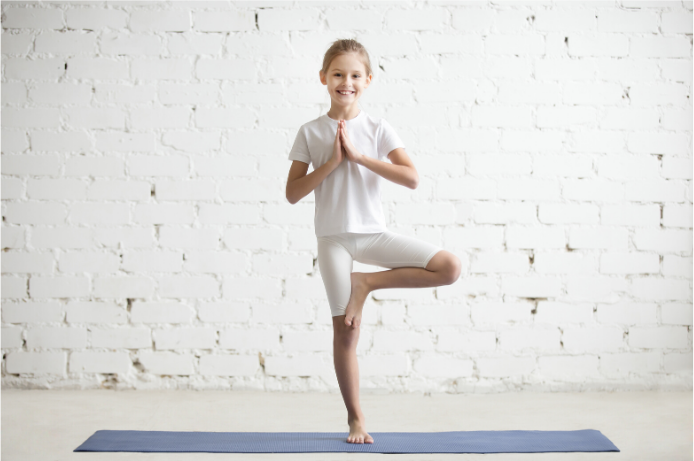
The tree pose is great for improving concentration and focus as it can be a tricky pose to maintain! It helps children develop their sense of strength and grounding and can help children work on balancing skills too.
Plant one foot firmly on the ground. Bend the other leg and place the other foot along the side of the knee. Focus on a point and concentrate on breathing. You can also raise your arms above your head and stretch up like branches of a tree. For an easier pose, bend the other leg and place the other foot along the side of the ankle.
2. Colouring
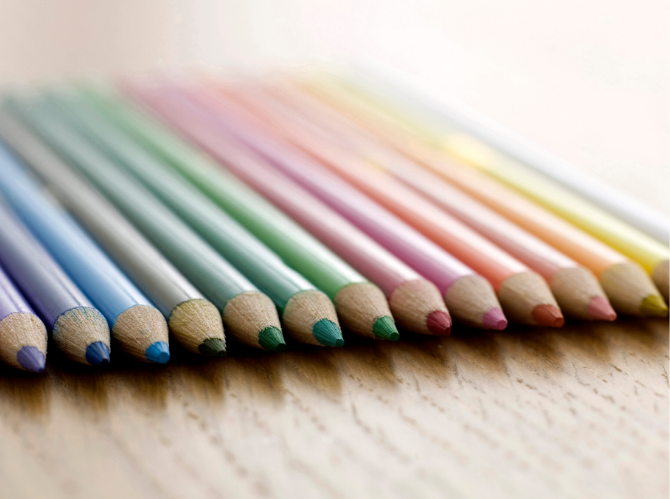
Colouring is an activity that has increased in popularity in the last few years. Mindful colouring is the process of using colouring to help build confidence through creativity. Colouring is not just for EYFS. It can help children focus by turning attention to low stakes choices such as which colour to choose next. Colouring helps bring about a state of mindfulness as it can allow us to focus on one thing at a time. For children who may find it difficult to get involved in yoga or poses, colouring can bring about the same mindful state.
3. Senses

Part of mindfulness is enabling children to develop their own awareness and consciousness of what they are experiencing in the moment. A great way to help with this is through the senses. You could help bring about this awareness through multiple senses or just choose one. Many mindfulness facilitators have found the 5,4,3,2,1 exercise very useful.
Ask your pupils to identify:
5 things they can see
4 things they can hear
3 things they can feel
2 things they can smell
and 1 thing they can taste.
To help enhance the senses you could use room scent to help with the olfactory sense or provide children with a fruit to help with the taste sense. Or simply focus on one sense to help focus on their awareness.
4. Music

Music can be a powerful tool concerning children’s mental well-being. It can take a child on a journey and can help bring them about a state of mindfulness. You can use music to provide a mindful experience for your pupils. Choose songs that could elicit different kinds of emotions and then play the songs one by one. Ask your pupils what the overarching emotion of the song is and how it makes them feel.
Taking it a step further, ask them why they felt that way. What was it about the song that helped them to feel that way?
5. Eating
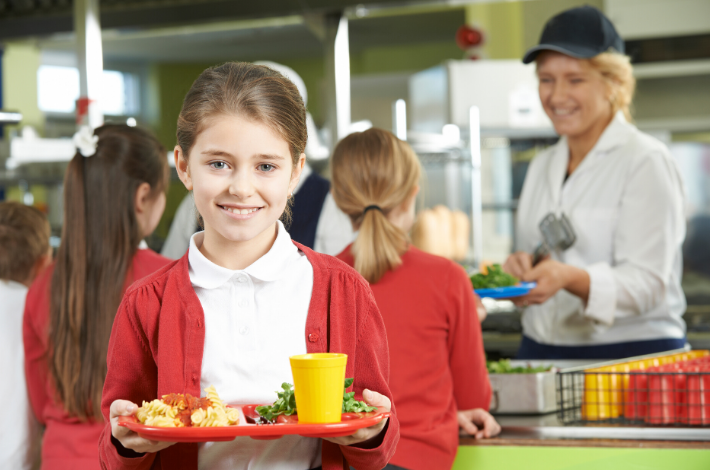
Mindfulness can extend to all parts of the day whether at home or in school, including lunchtime. You could take a mindfulness exercise to the dinner table and to try mindful eating. Mindful eating is all about bringing awareness to the process and the sensation of eating.
You could ask children to explore mindful eating by asking them:
- Use Mindful eating expert, Dr Alberts, SSS Method. Encourage children to SIT down when they eat, to SLOW down, and SAVOUR their food.
- Take a moment before the meal to think about the effort that went into making it. The farmers who grew the crops, the people who made the meal. This thinking time can bring about gratitude.
- What does the food taste like? Is it sweet or savoury or sour?
- What does the food feel like on your tongue?
- To slow down the pace of eating and to try first taking a smaller bite and then a larger one.
- Does this change the way eating this food feels?
- Ask children to pause between each bite and to take note of any changes.
6. Sounds

Begin this practice with a set of instructions to your children. This well help to direct their focus and will make for an effective mindfulness exercise. If you don’t have a bell you could use an alternative such as a bell sound online or use an alternative instrument.
Tell them the following:
- When I ring the bell focus on the sound alone.
- Concentrate and pay close attention to whether you can hear the sounds louder in one ear than you do in the other.
- Does the sound travel all around is it focused in one place?
- If you note that your thoughts are wandering, bring your attention back to the sound you can hear.
- Keep your eyes closed until the sound is completely gone and then open them again.
- After you open your eyes, don’t talk, stay quiet until you hear the sound of my voice again.
7. Breathing
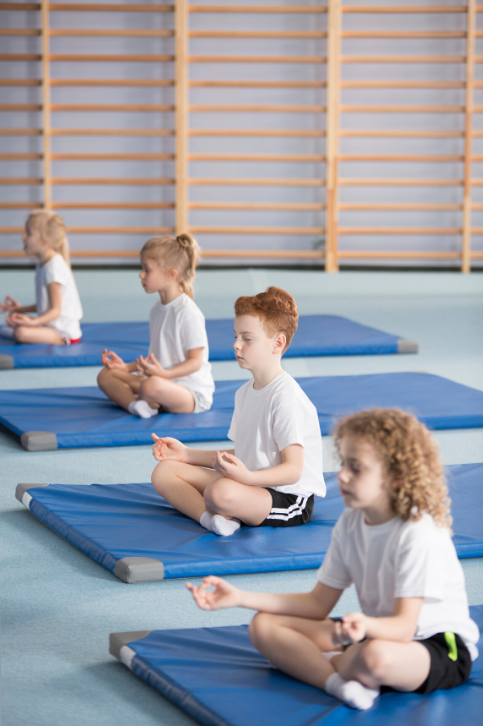
Practice together with your pupils.
Begin by concentrating on breathing and nothing else, at first it may seem like an easy task but it can be quite tricky in reality. Start by sitting somewhere comfortably and quiet.
- Your pupils can close their eyes and breathe slowly and deeply through the nose, then concentrate on their breath.
- Ask your pupils to notice how it is cooler when you breathe in and warmer when you breathe out.
- Children can close their eyes and notice how quickly or slowly their heart is beating.
- Your could even bring in some colour therapy. Ask your pupils to think of a colour that helps them feel peaceful, and then a colour that makes them think of stress.
- Children can imagine breathing in the relaxing colour and visualise it filling their lungs.
- Your pupils can then imagine breathing out the colour that makes them think of stress.
Do this for a couple of minutes. This technique allows to become a part of the present moment, the here and now.
It can help your pupils to calm down, relax and focus.
8. Gratitude
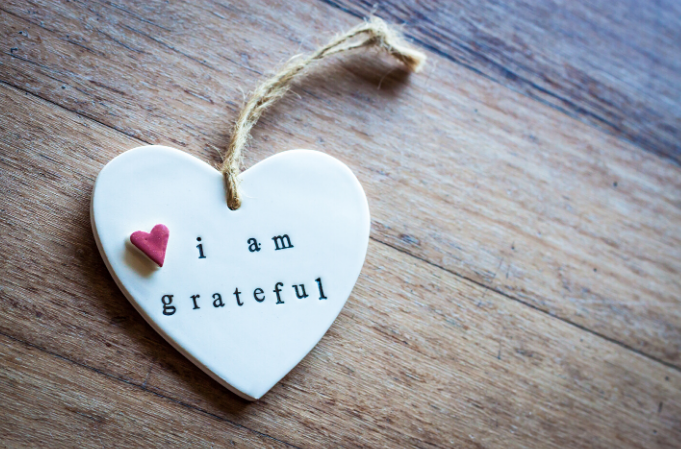
Part of being mindful is expressing gratitude every day. Ask your pupils to think of the things they are thankful and grateful for and then make a list of them.
If you repeat this exercise regularly, it will help your pupils feel happier and more fulfilled. This could be physical things such as a phone or a watch or even things we might take for granted such as our eyes or our nose.
Ask your pupils to pause for a moment and appreciate all the hundreds of things their eyes have seen during the day. This process of remembering the things we are grateful for can make a huge difference to our mindset. Not only that but science has proved that being grateful is great for our health!
A study conducted by the University of California found that practising gratitude improved the immune system, lifted mood, helped prevent anxiety and even helped with sleep! Take five minutes to think of something that you feel grateful for today. Here are some topics or ideas you can use to guide your pupils:
- Something that someone else did for you that day.
- A person in your life that you appreciate.
- An activity or hobby you are grateful to be able to do.
- A positive quality of someone that can sometimes be hard to get along with.
- A skill or ability you have.
- A part of your body you are grateful for and why.
- An item that you love.
- Something that made you laugh.
- What you have learned from something that was hard.
9. Affirmations

Affirmations are a great technique to help your pupils build confidence and can help especially in the run up to any exams, assessments or when tensions might be high and where some children may feel stressed. Affirmations can help children feel positive about their efforts.
In using positive affirmations for children, particularly when related to exam stress, it’s important to encourage your child to notice if they have any repetitive thoughts. This could be anything from ‘I am not good at Maths’ or even ‘I can’t do this task’. You can relate the experience of repetitive thoughts to a song playing on repeat in our heads.
Using positive affirmations can help to change the song or sometimes just make the volume of those negative songs lower.
Yo Kid has a useful list of positive affirmations that you can adapt as necessary.
10. Mandala

Mandalas are often used in Tibetan Buddhism as a way of enhancing meditation practices. However, in recent years, mandalas have been popular as mindful activities whether it is through colouring, crafting or creating these beautiful patterns.
In this exercise you could ask your pupils to create their own mandalas using objects from nature such as leaves or flowers. For a low resource task, you could provide an outline of a mandala circle and ask your pupils to create their own patterns. Many psychologists have found that this process of colouring and expressing creativity can help children express emotions through the medium of art.
We Are Teachers has a useful Mandala activity plan including a link to the mathematical side to this creative task.
Reduce workload and improve SATs results by up to 30% with SATs Companion
Over 28,000 practice questions
10 x Maths, SPAG & Reading test sets
50 plus Video lessons covering key topics
Full Reporting; gap analysis, class and individual pupil.
Instant Marking and feedback
Personalised goals and rewards tool
Follow us on social media for free resources, advice and special offers.



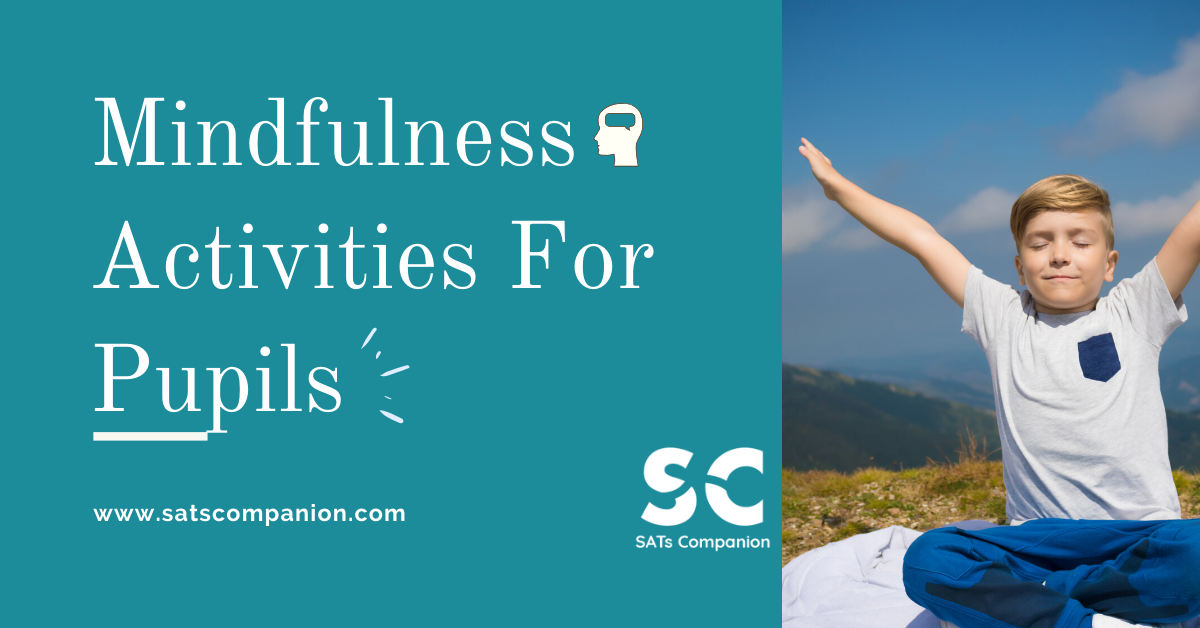

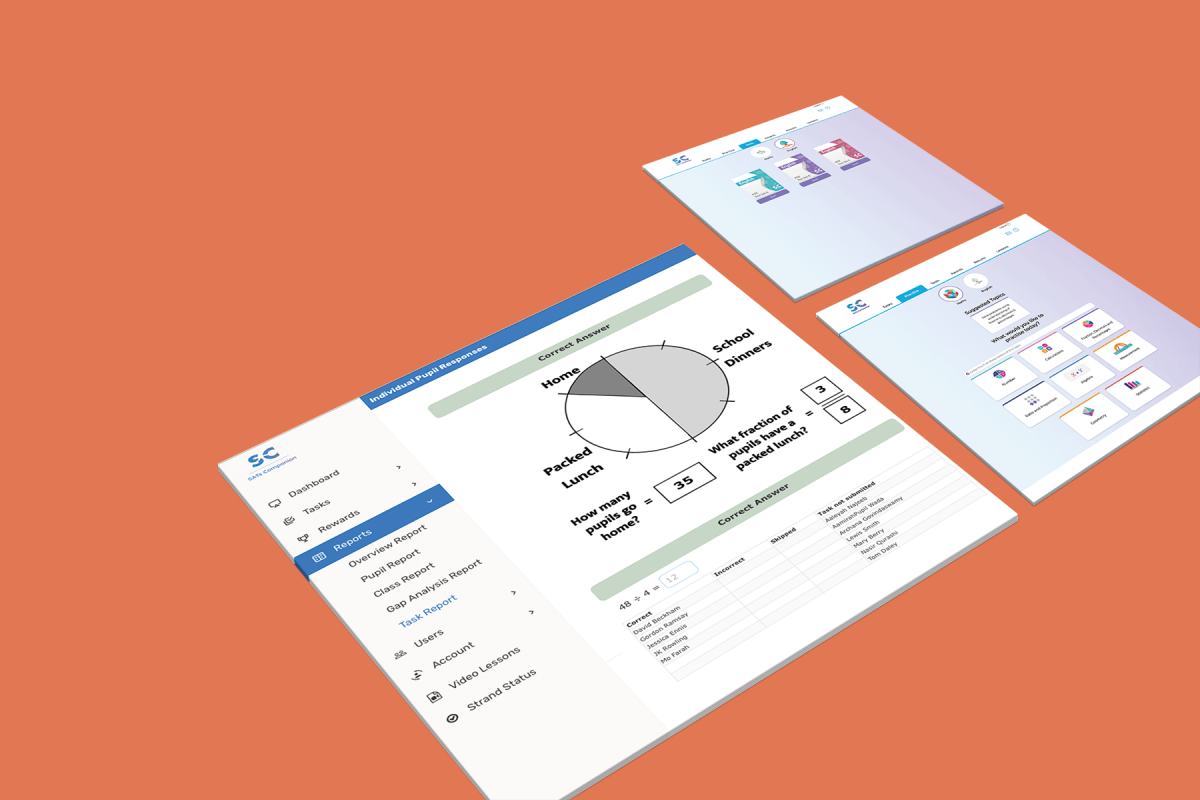

Leave A Comment
You must be logged in to post a comment.